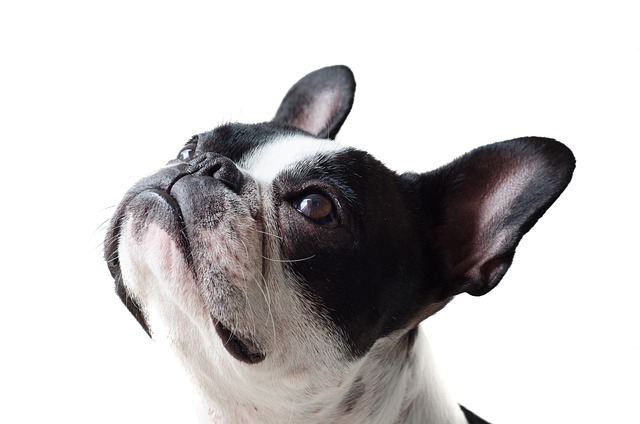
how to train a dog to not jump on the bed
When your pup’s paws hit the edge of the bed first thing in the morning, tail wagging like a metronome, it’s hard to stay firm—after all, those puppy eyes seem harmless.
When you’re faced with a dog that growls, snaps, or lunges at other dogs, strangers, or even sudden sounds, it’s easy to feel discouraged—especially as a new owner navigating busy neighborhoods. But here’s the key truth: most canine aggression comes from fear, not malice. Your pup isn’t being “mean”; they’re reacting to something that feels threatening, whether it’s a unfamiliar person, a loud noise, or a sudden movement. Recognizing this fear as a signal, not a flaw, is the first step toward helping them learn to stay calm.
Create a safe retreat in your home to help them decompress. Set up a quiet corner with their bed, a blanket that carries your scent, and a durable chew toy. When you notice early stress signs—stiff posture, a raised tail, or fixed staring—guide them there with a gentle “let’s relax” and sit beside them, offering slow, steady pets. This physical comfort lowers their cortisol levels, easing anxiety. Never respond to aggression with yelling, hitting, or forceful corrections; punishment only amplifies their fear, making defensive behavior worse. In close-knit communities like Austin or Chicago, positive reinforcement builds trust, while scolding can turn nervousness into heightened defensiveness. And don’t overlook the basics: 49 states require current rabies tags on collars, so keep their ID visible—safety remains priority even during training.
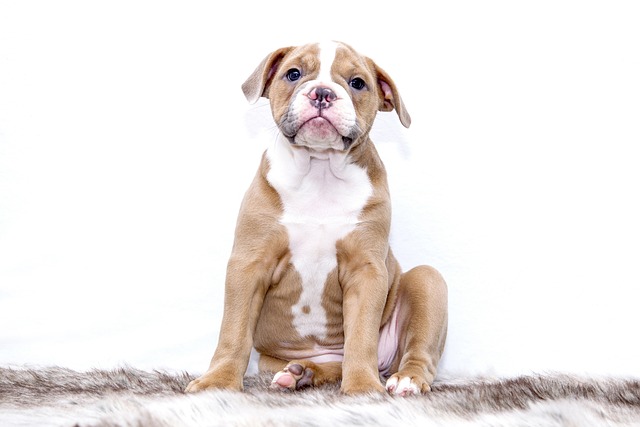
Desensitization training, done gradually, yields lasting results. Pick one trigger, say other dogs on walks, and start small. Have a friend walk their calm dog 30 feet away while you stand with your pup. When your dog stays relaxed—soft body, no growling—praise them warmly (“what a calm pup!”) and give extra scratches behind the ears. Over a week, reduce the distance by 2 feet each session, stopping before they react negatively. This teaches them that “scary” things bring good attention, not threats. For apartment dwellers in NYC or LA, short, focused sessions (5-10 minutes) keep noise down, making neighbors happier. When outdoors, always carry poop bags—cities from Boston to San Diego fine owners $150+ for neglecting this, and it’s part of being a responsible community member.
Respect community boundaries as you progress. On walks, if your pup tenses up at another dog or child, cross the street to give space—good manners matter in neighborhoods like Portland or Miami. If they do react aggressively, stay calm, turn slowly, and guide them to a quiet spot to reset. Never force them toward triggers to “confront fears”—that breaks trust. Keep their vaccine records handy, as parks and clinics in Denver or Miami often require proof, and always clean up after them, even on tough days.
With consistent kindness, most dogs learn to replace fear with confidence. Aggression is a plea for safety, not a choice. By meeting them with patience, positive reinforcement, and respect for community rules, you’ll both move toward calmer, more connected days.

When your pup’s paws hit the edge of the bed first thing in the morning, tail wagging like a metronome, it’s hard to stay firm—after all, those puppy eyes seem harmless.

When your lab mix’s paws hit the dining table mid-dinner, knocking over a glass of water, it’s easy to sigh—but that jump isn’t defiance. Dogs are natural scavengers
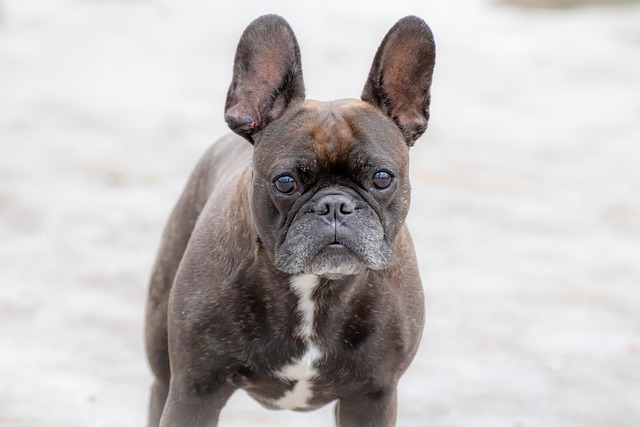
When your dog’s hackles rise, ears pin back, and low growls rumble in their throat, that tense body language isn’t “being bad”—it’s their way of saying
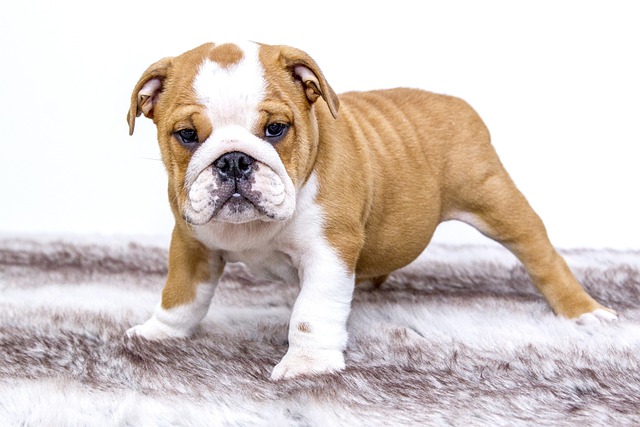
When your dog growls, snaps, or lunges—whether at a stranger, another pet, or even a sudden noise—it’s natural to feel the urge to “correct” the behavior firmly.
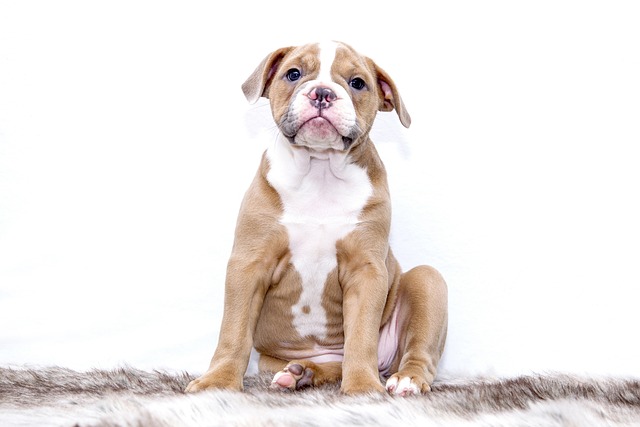
When you’re faced with a dog that growls, snaps, or lunges at other dogs, strangers, or even sudden sounds, it’s easy to feel discouraged
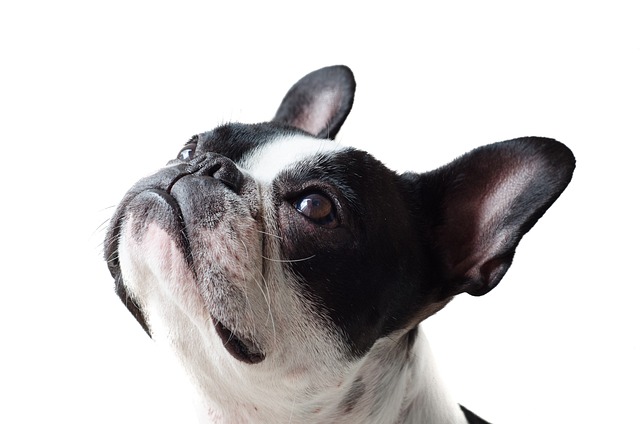
When your pup starts barking up a storm at the doorbell, the mailman, or even a squirrel outside the window, it’s easy to feel frustrated